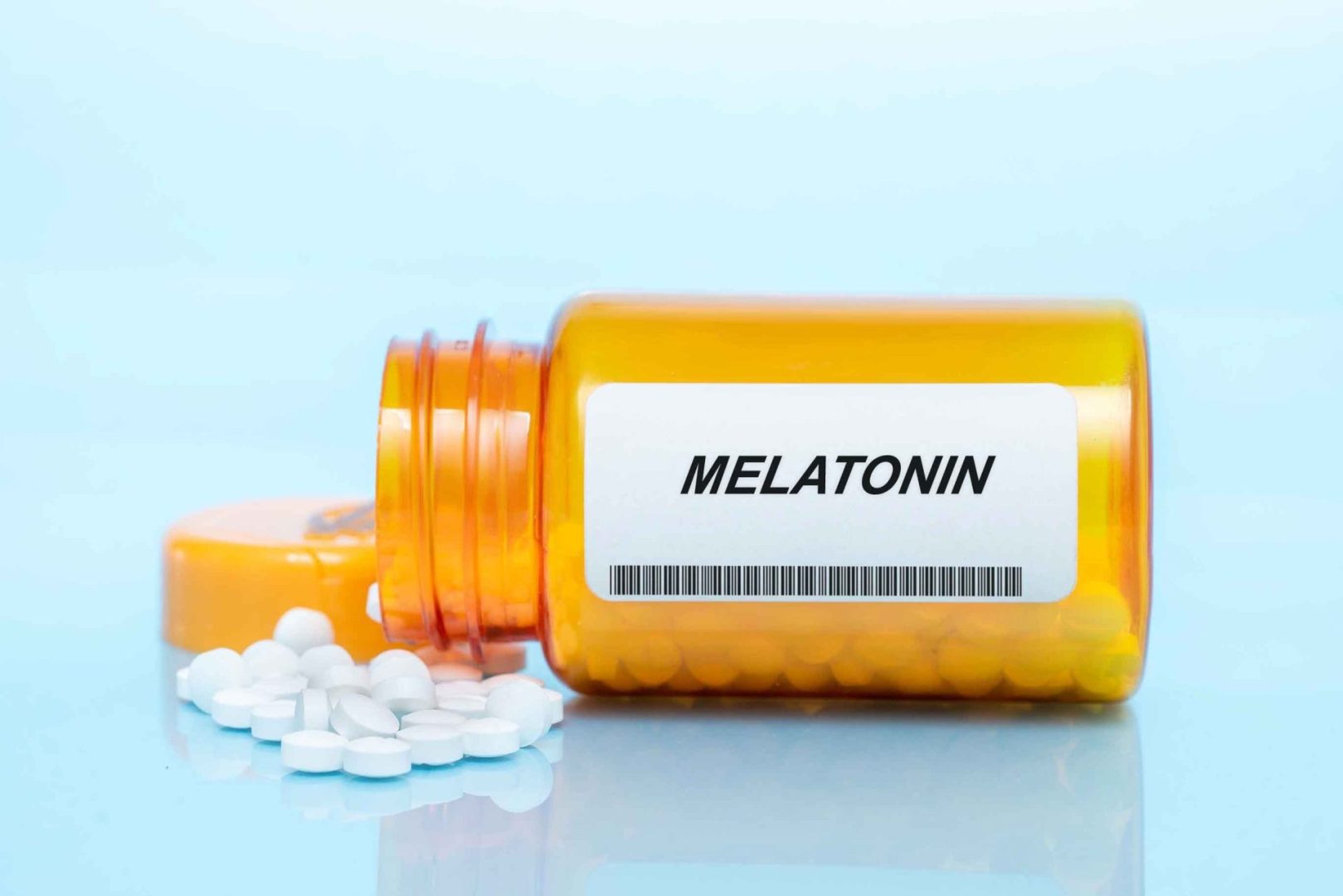The little bottle sitting in millions of medicine cabinets across America might not be as harmless as people think. Melatonin supplements have become the go-to solution for restless nights, with sales skyrocketing as more people struggle with sleep issues. But behind the promise of peaceful slumber lies a complex story of benefits, risks, and surprising dangers that many users never hear about.
This naturally occurring hormone, produced deep within our brains by the pineal gland, serves as our body’s internal timekeeper. When darkness falls, melatonin levels rise, signaling that it’s time to wind down. When dawn breaks, production drops, helping us feel alert and ready for the day. It’s an elegant system that has worked for thousands of years, but modern life has thrown it off balance.
The appeal of melatonin supplements is undeniable. Unlike prescription sleep medications that can leave people feeling groggy or dependent, melatonin promises a natural path to better rest. The supplement industry has capitalized on this appeal, with Americans spending hundreds of millions of dollars annually on these tiny pills and gummies.
The surprising scope of melatonin’s healing power
While most people associate melatonin exclusively with sleep, researchers have discovered its potential extends far beyond bedtime routines. The hormone’s antioxidant properties have caught the attention of medical professionals studying traumatic brain injuries. Patients recovering from concussions and other brain trauma often experience disrupted sleep patterns, and melatonin has shown promise in helping restore normal rest cycles during the healing process.
Migraine sufferers have also found unexpected relief through melatonin supplementation. The hormone’s ability to regulate circadian rhythms may help reduce the frequency and intensity of these debilitating headaches. Some neurologists now recommend melatonin as part of comprehensive migraine prevention strategies, particularly for patients whose headaches seem linked to sleep disturbances.
Jet lag, that dreaded companion of international travel, represents one of melatonin’s most well-documented uses. The supplement can help reset the body’s internal clock when crossing multiple time zones, making it easier to adjust to new schedules. Flight attendants, pilots, and frequent business travelers often swear by its effectiveness.
Shift workers face similar challenges, trying to sleep during daylight hours while staying alert through the night. Melatonin can help these workers maintain healthier sleep patterns despite working against their natural circadian rhythms. Emergency room doctors, factory workers, and security guards have all reported better rest quality when using melatonin strategically.
The dark side of the sleep solution
The assumption that natural equals safe has led many people to treat melatonin casually, popping pills without considering potential consequences. This carefree attitude can lead to unpleasant surprises. Headaches, ironically, rank among the most common side effects of melatonin use. The very supplement people take to feel better can leave them with throbbing temples the next morning.
Daytime fatigue represents another cruel twist. Users hoping for energetic mornings may instead find themselves dragging through the day, feeling sluggish and unfocused. This grogginess can persist for hours, affecting work performance and daily activities.
Digestive upset frequently accompanies melatonin use, with some people experiencing nausea, stomach pain, or general gastrointestinal discomfort. The timing of these symptoms can be particularly disruptive, as they often occur when people are trying to relax before bed.
Perhaps most unsettling are the vivid dreams and nightmares that some users experience. These intense, often disturbing sleep experiences can leave people feeling more tired than when they went to bed. The dreams can be so realistic and emotionally charged that they interfere with the restorative quality of sleep.
Children face unique risks, including the embarrassing and disruptive side effect of bedwetting. Parents who give melatonin to help their children sleep better may inadvertently create new problems that affect the entire family’s rest.
Older adults must be particularly cautious, as melatonin use has been associated with an increased risk of fractures. The hormone’s effects on bone density and fall risk make it a concerning choice for seniors already vulnerable to injuries.
Hidden dangers lurking in medicine cabinets
The real shock comes when considering how melatonin interacts with common medications. Blood thinners like warfarin become more potent when combined with melatonin, potentially leading to dangerous bleeding complications. Patients on these life-saving medications could unknowingly put themselves at risk by adding what seems like a harmless sleep aid to their routine.
Antidepressants present another area of concern. Medications like fluvoxamine can amplify melatonin’s effects, leading to excessive sedation or other unexpected reactions. Given the number of Americans taking antidepressants, this interaction affects millions of potential melatonin users.
Even seemingly innocent substances like caffeine can interact problematically with melatonin. The stimulant can interfere with the hormone’s effectiveness, while the combination may create unpredictable effects on sleep quality and duration.
Birth control pills add another layer of complexity. Oral contraceptives can affect how the body processes melatonin, potentially altering its effectiveness or increasing the risk of side effects. Young women using both substances may experience unexpected reactions.
Alcohol amplifies melatonin’s sedative effects, creating a potentially dangerous combination. The interaction can lead to excessive drowsiness, impaired coordination, and breathing difficulties in severe cases.
The dosage dilemma that confuses everyone
One of the most confusing aspects of melatonin use involves determining the right amount to take. Unlike prescription medications with standardized dosing, melatonin recommendations vary widely, and many people assume that more is better. This misconception can lead to taking doses far higher than necessary or safe.
Research consistently shows that lower doses often work just as well as higher ones, with less risk of side effects. A single milligram can be remarkably effective for many people, yet store shelves are filled with products containing 5, 10, or even higher amounts.
Infants under 2 years old should receive no more than 1 milligram, and even this should only be given under medical supervision. Young children between 2 and 9 years old typically need no more than 2.5 to 3 milligrams. Teenagers can usually handle up to 5 milligrams, while adults generally don’t need more than 5 to 6 milligrams for effectiveness.
Children with special needs present unique challenges, as their requirements can range from 0.5 milligrams to as much as 10 milligrams depending on their specific conditions and medical supervision.
The timing of melatonin intake proves just as important as the amount. Taking the supplement 30 to 60 minutes before desired bedtime allows the hormone to begin working as natural sleepiness sets in. Taking it too early or too late can disrupt rather than enhance sleep patterns.
When sleep aids become dangerous
Overdosing on melatonin can transform a helpful supplement into a serious health threat. Excessive sleepiness might seem like a minor inconvenience, but it can persist well into the next day, affecting driving ability and work performance. Some people have reported feeling drugged or unable to function normally for 12 to 24 hours after taking too much melatonin.
Severe overdoses can produce frightening symptoms that require immediate medical attention. Difficulty breathing represents a medical emergency that can be life-threatening. Seizures, though rare, have been reported in cases of significant melatonin overdose. Chest pain and dangerous spikes in blood pressure can also occur, particularly in people with underlying cardiovascular conditions.
Hypothermia, or dangerously low body temperature, represents one of the most serious potential complications. This condition can be life-threatening and requires immediate medical intervention.
Making informed decisions about sleep health
The key to using melatonin safely lies in treating it as a medication rather than a casual supplement. Consulting with healthcare providers before starting melatonin can help identify potential drug interactions and determine appropriate dosing. This professional guidance becomes especially important for people taking multiple medications or those with chronic health conditions.
Understanding that melatonin works best as a short-term solution rather than a permanent fix can help users avoid dependency and long-term side effects. The supplement should ideally be part of a comprehensive approach to sleep hygiene that includes consistent bedtime routines, comfortable sleep environments, and healthy lifestyle choices.
Quality control in supplement manufacturing adds another layer of complexity to melatonin use. Studies have found significant variations in actual melatonin content compared to label claims, making it difficult for users to know exactly how much they’re taking. Choosing reputable brands and discussing options with pharmacists can help minimize these risks.
The popularity of melatonin reflects a genuine need for better sleep solutions in our increasingly stressed and connected world. However, treating this hormone supplement with the respect and caution it deserves can help ensure that the pursuit of better sleep doesn’t inadvertently create new health problems. Knowledge, medical guidance, and careful attention to dosing and timing can help unlock melatonin’s benefits while avoiding its potential dangers.

















